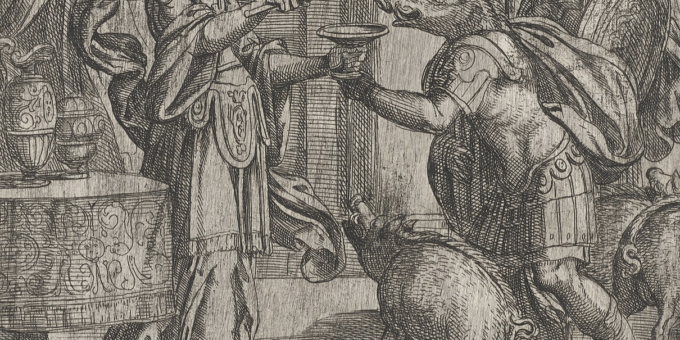
The witch’s wand has a long and mysterious history. Some of the first witch wands were made from the wood of the Rowan tree, which is known for its protective properties. The Rowan tree is also associated with the faerie folk and is a powerful tool for working with the faerie realm.
Hazel was another popular wood used for making wands. In the Encyclopedia of Witchcraft and Demonology (Introduction by Hans Holzer), we read:
“The construction of a wand was carried out in great secrecy and accompanied by mystical ceremonies. The wand of the wizard was usually carved out of hazel-wood cut from the tree at sunrise, in order to draw upon the untouched solar energy; the knife used in the operation would be baptized in blood. At the same time special prayers were addressed to the high gods imploring their help in endowing the wand with power and authority.”
Yew was another popular wood used in the construction of wands, and it was preferred by English and Welsh Druids.
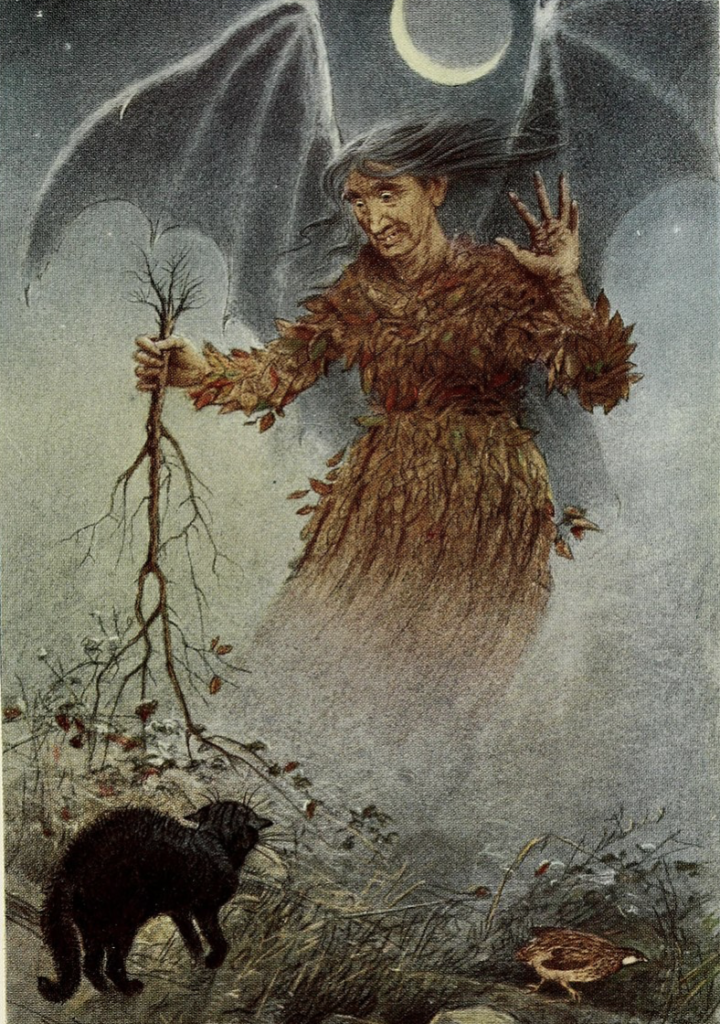
Among the Irish Druids, yew, hawthorn, or rowan was used.
Over time, the witch wand has evolved and been made from various materials, including metal, crystal, and even bone. Each type of material has its own unique properties and associations.
Metal witch wands are associated with the element of fire and are said to be powerful tools for focusing and directing energy. They can be used for spells and rituals involving strength, courage, and passion.
Crystal witch wands are associated with the element of water and are said to be powerful tools for intuition and insight. Practitioners use crystal wands for spells and rituals involving creativity, intuition, and change.
Bone witch wands are often associated with the element of earth and are powerful tools for grounding and stability. Practitioners use bone wands for spells and rituals involving stability, protection, and grounding.
Witch Trials
There were a series of trials and executions that took place in the early modern period in Europe that involved the use of wands. The trials were sparked by the hysteria over magic and witches that swept across the continent in the 16th and 17th centuries.
In 1563 the French court issued a decree that banned the use of magic wands. Furthermore, the ruling declared that anyone caught using a magic wand would be put on trial and executed.
The hysteria spread to other countries in Europe, and dozens of people were put on trial and executed for using magic wands.
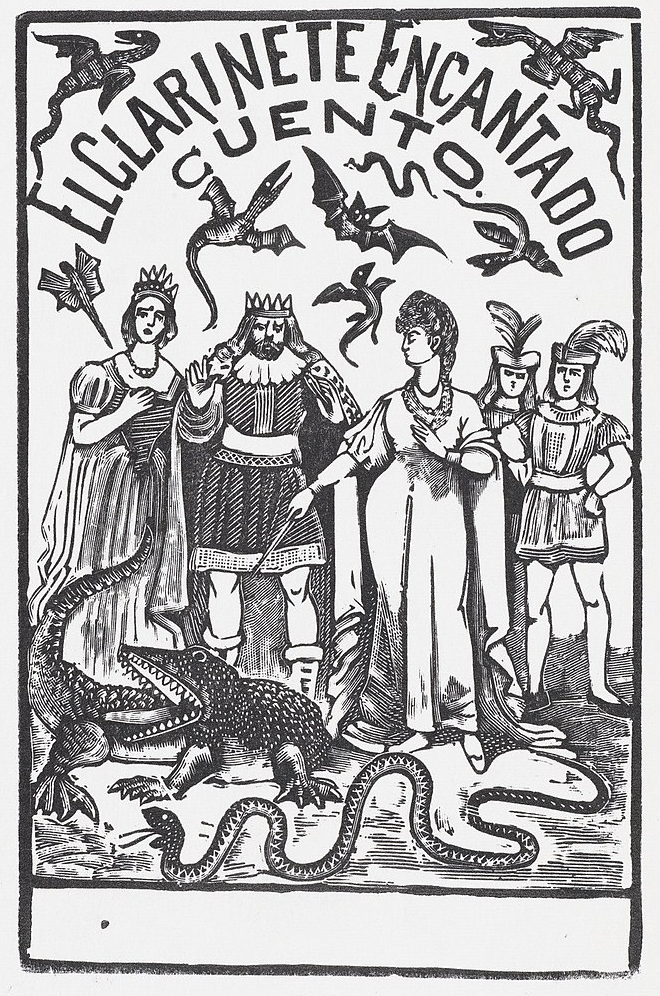
How to Use the Witch Wand
The witch’s wand is a powerful tool that can be used for various purposes. It is a versatile tool that can be used for healing, manifesting, and more.
The importance of the wand is explained in The Penguin Dictionary of Symbols (Jean Chevalier and Alain Gheerbrant, translated by John Buchanan-Brown):
“…the wand is the symbol of authority and of second sight. …Without his wand, the seer would be unable to trace either on the ground the circle in which he stood to summon the spirits, or in the sky the square in which he would observe the flight of birds.”
Here are a few tips on how to use the witch’s wand:
1. Clear your energy. Before you use a wand, it is essential to clear your energy. You can do this by using a cleansing technique such as smudging or using a crystal such as clear quartz.
2. Set your intention. When using the witch’s wand, it is crucial to set your intention. What do you want to achieve with the wand? What do you want to manifest?
3. Visualize what you want to achieve. When using the wand, it is important to visualize what you want to achieve. See the outcome in your mind’s eye and focus on the positive outcome that you desire.
4. Use the wand with positive energy. It is important to use positive energy. This will help you to achieve your goals and manifest your desires.
5. Be patient. A wand is a powerful tool, but it is important to be patient. Don’t expect to achieve your goals overnight. Be patient and allow the wand to work its magic.
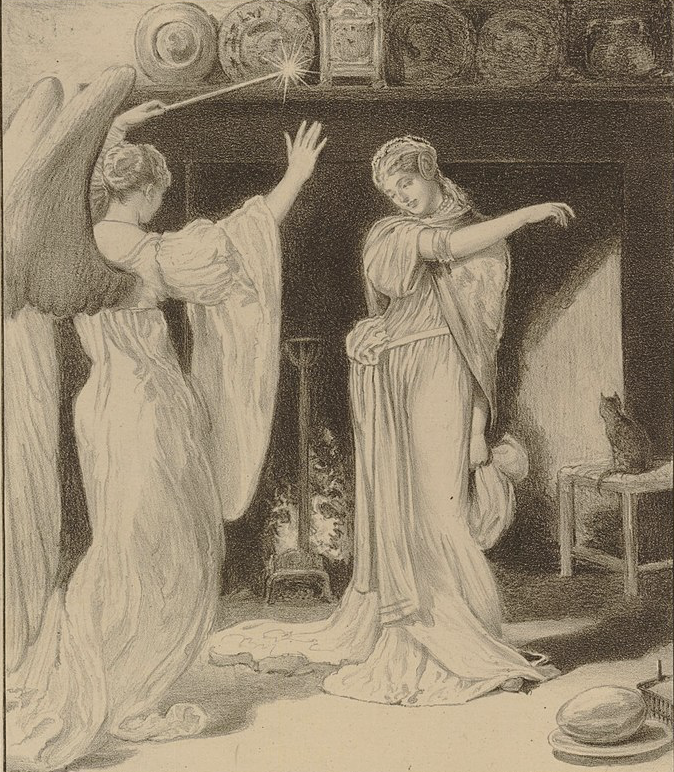
Benefits of the Witch’s Wand
Wands are powerful tools with many benefits.
Susan Bowes, in her book Notions and Potions, tells us that the wand “represents the element of air and evokes the energy of the spell, sending it in whichever direction the wand is pointed. The wand’s action relates to the arrow or lance of the ancient warrior – as it flies through the air, it carries your intent.”
Some of the benefits include:
1. The wand can be used to cast spells.
2. It can be used to heal the body and mind.
3. It can be used to increase psychic ability.
4. It can be used to attract positive energy.
5. It can be used to increase intuition.
6. It can be used to increase spiritual awareness.
7. It can be used to connect with the divine.
8. It can be used to increase manifestation ability.
9. It can be used to connect with the spirit world.
10. Finally, it can be used to increase psychic protection.
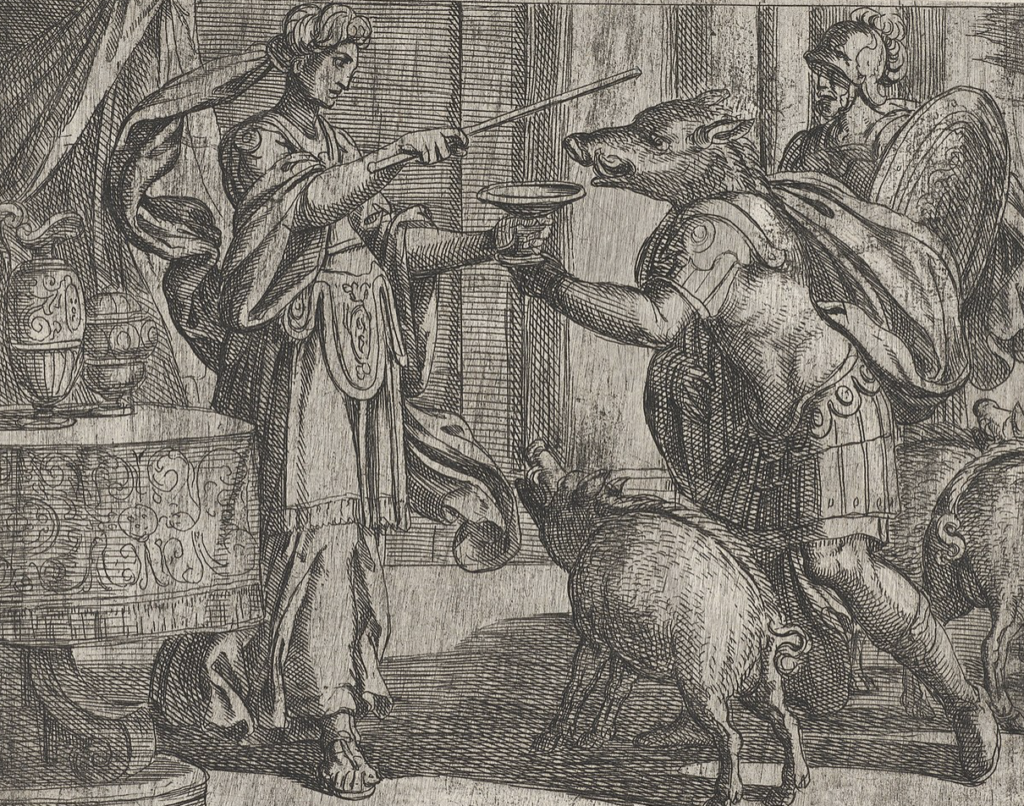
Conclusion
Many things go into making a good witch wand. The most important factors are the type of wood, the length, the flexibility, and the kind of core.
The type of wood is important because it needs to be sturdy enough to withstand the magic channeled through it and flexible enough to be easily manipulated. The most popular woods for witch wands are oak, ash, and cherry.
The length of the wand is also important. It needs to be long enough to allow the witch to manipulate it easily, but not so long that it becomes cumbersome to use.
Some wands have a hollowed center for the witch to place a magical herb or other objects within the wand. This is not necessary and depends upon the needs of the witch.

